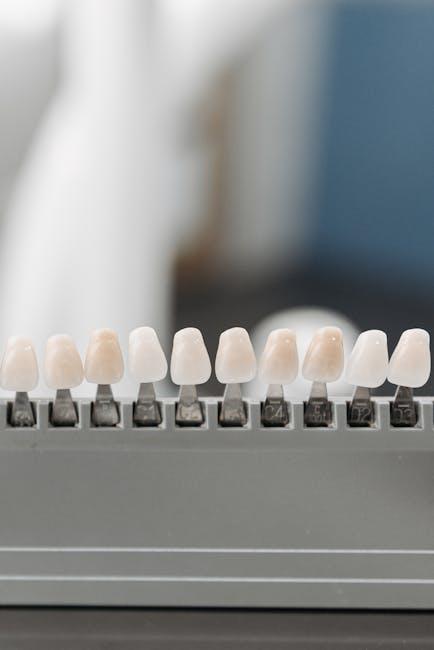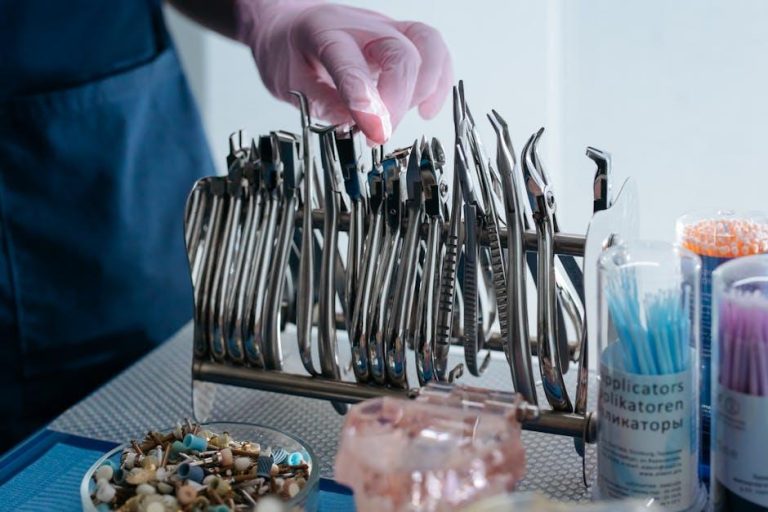
What Will a Dental Laboratory Look Like in 2030? – Dentistry UK
The dental laboratory landscape is evolving at a rapid pace, driven by technological advancements and changing patient demands. But what will a dental laboratory in 2030 look like, especially in the context of Dentistry UK? With innovation at the forefront, dental labs are expected to become hubs of digital precision, automation, and sustainability. This article dives deep into the future of dental laboratories, exploring key trends, benefits, and practical tips for dental professionals and lab technicians alike.
The Future of Dental Laboratories: An Overview
By 2030, dental laboratories will be transformed by cutting-edge technologies that enhance workflow efficiency, improve product quality, and redefine client collaboration. While traditional craftsmanship will still be valued, many processes will undergo a digital revolution.
Core Features of a 2030 Dental Laboratory
- Full Digital Integration: Seamless digital impressions, CAD/CAM (Computer-Aided Design/Manufacturing), and 3D printing will dominate lab processes.
- Automation and Robotics: Automated milling machines and robotic arms will handle repetitive tasks with extreme precision and speed.
- Artificial Intelligence (AI): AI-powered software will assist in diagnostics, design optimization, and quality control.
- Advanced Materials: Use of bio-compatible and smart materials that mimic natural teeth will increase.
- Sustainability Practices: Eco-friendly lab designs and material recycling will become industry standards.
Technological Innovations Shaping Dental Labs in 2030
1. Digital Scanning and Impression Systems
Gone are the days of messy physical impressions. In 2030, ultra-precise intraoral scanners will be the norm in dental labs across the UK, providing immediate digital models that eliminate errors and reduce patient discomfort.
2. Advanced CAD/CAM Solutions
CAD/CAM technology will continue to revolutionize dental prosthetic design, allowing labs to produce crowns, bridges, and dentures with near-perfect accuracy directly from digital files.
3. 3D Printing and Additive Manufacturing
3D printers capable of layering ceramic, resin, and metal materials will produce customised dental implants and orthodontic devices quickly and cost-effectively.
4. Artificial Intelligence Integration
AI tools will help dental technicians diagnose issues faster and design restorations that better match patient anatomy and function.
5. Virtual Reality and Augmented Reality (VR/AR)
VR and AR will facilitate real-time collaborations between dentists, technicians, and patients — enhancing visualisation of treatment outcomes.
Benefits of the 2030 Dental Laboratory
- Higher Precision and Consistency: Digital workflows reduce human errors significantly.
- Faster Turnaround Times: Automated processes speed up fabrication timelines, improving patient satisfaction.
- Cost-Efficiency: Waste reduction and resource optimisation reduce operational costs.
- Customisation: Tailored dental prostheses that better fit patient needs.
- Improved Communication: Digital platforms facilitate transparent collaboration between dental teams.
Practical Tips for Dental Professionals Preparing for 2030
- Invest in Digital Training: Ensure your team is proficient with 3D scanners, CAD software, and digital lab equipment.
- Adopt Sustainable Practices: Start exploring eco-friendly materials and recycling programmes.
- Collaborate with Innovative Vendors: Partner with suppliers leading in dental technology advancements.
- Implement Data Security: Safeguard patient data and digital assets using robust cybersecurity protocols.
- Stay Updated: Attend industry conferences and subscribe to journals focused on dental technology trends.
Case Study: A Leading UK Dental Lab’s Journey to 2030
BrightSmile Labs, a London-based dental laboratory, has embraced innovation early to position itself for 2030 and beyond. Their strategic initiatives include:
| Initiative | Technology | Benefit |
|---|---|---|
| Full Digital Workflow | Intraoral scanners and CAD/CAM milling | Reduced errors and improved production speed |
| 3D Printing Expansion | Multi-material 3D printers | Faster prototype iterations and custom designs |
| AI-Based Quality Control | Machine learning algorithms | Consistent high standards & predictive maintenance |
| Green Lab Initiatives | Recyclable materials and energy-efficient equipment | Reduced carbon footprint and cost savings |
First-Hand Experience: Embracing Change in Dental Labs
Sarah Matthews, a dental technician with over 15 years’ experience, shared her insights: “The transition to a fully digital lab initially felt overwhelming, but the improvements in workflow and accuracy have been incredible. Looking forward, embracing AI and sustainability will be vital to staying relevant and competitive.”
Conclusion: Embracing the Digital Dental Lab Revolution by 2030
The dental laboratory of 2030 in the UK will be a place where artistry meets innovation, powered by digital technology, automation, and sustainable design. Dental professionals and labs that invest in cutting-edge technology and skill development will be best positioned to meet patient expectations and clinical demands. As dentistry evolves rapidly, adapting early to these changes ensures enhanced patient care, streamlined lab processes, and a future-proof business model.
Keeping pace with these transformations is no longer optional — it is essential. Whether you are a dental technician, dentist, or lab owner, the future is digital, collaborative, and green. Get ready for the dental laboratory of 2030 — it’s an exciting time for Dentistry UK!


